One of the two cellists comprising the ‘inverted quartet’ Owls, Gabriel Cabezas speaks with US correspondent Thomas May about the ensemble’s debut album, Rare Birds.
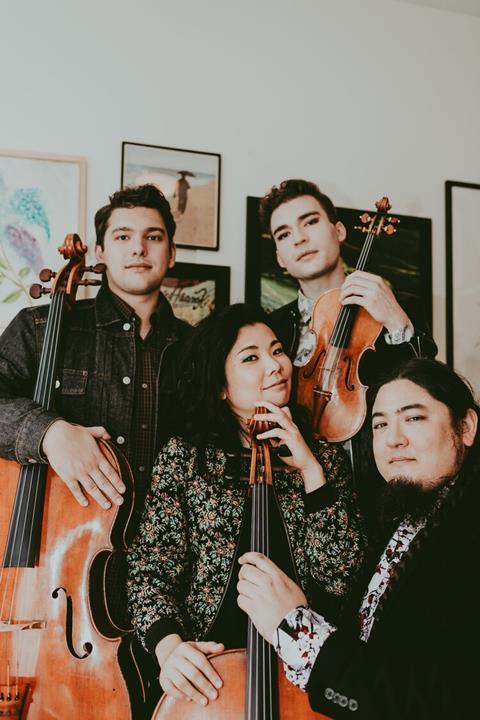
Discover more Featured Stories like this in The Strad Playing Hub
The phrase ‘string quartet’ is more likely than not to conjure an image of two violins, a viola and a cello. But what happens when you swap out a violin for an ’extra’ cello? You get Owls, the ’inverted string quartet’ that has just released its debut album, Rare Birds, on New Amsterdam Records.
Owls boasts an all-star lineup drawn from current and former members of yMusic, Aizuri Quartet and Kronos: Alexi Kenney (violin), Ayane Kozasa (viola), Gabriel Cabezas (cello) and Paul Wiancko (cello). Their new album, featuring Grammy winner William Brittelle’s outisde-the-box production, reflects the ensemble’s wildly eclectic tastes with pieces by François Couperin, the folk duo Trollstilt, Azerbaijani composer Franghiz Ali-Zadeh, Terry Riley and Kronos cellist and composer Paul Wiancko himself, who contributes two of the tracks (including a genre-crossing homage to Ben E. King’s ‘Stand By Me’).
Owls initially joined together as a pick-up group in 2019, intending to play just one show in New York City. But from the start, as the foursome write in their collective liner notes to Rare Birds, ’all four of us instinctively let each other feel and be exactly who we were, with an unspoken ease of communication, trust, and a joyful, raucous abandon in our music-making’.
The unique instrumentation goes hand-in-hand with a characteristically playful approach: free from constraint, danceable, rapturous. ’All four of us must completely love everything we play’ is the Owls motto.
Cellist Gabriel Cabezas shared his thoughts with The Strad about the unconventional approach and collaborative spirit that energises the group and how Owls redefines what a string quartet can be.
How did the idea to band together to form an ’inverse quartet’ start? Tell us the story of how you came together to form Owls.
Gabriel Cabezas: Owls is really a project most about people, not a specific instrumentation. In 2019, I was putting together a concert for the Metropolis Ensemble in New York, and wanted to get a great group of string players together. The four of us had played together a lot in different configurations before, so it felt natural to explore playing together. We absolutely loved the experience and knew we wanted to find ways to continue to play together – so, after the initial Covid-19 interruptions, we figured that out!
What made you realise that this was a special sound and configuration that you wanted to continue exploring?
Gabriel Cabezas: It was really about the people. We love making music together, and the sound/configuration comes out of that. We just happen to play the instruments we do! The act of making that work together is part of any chamber music experience. Another group I play with, yMusic, has a similar origin story – its instrumentation (string trio, trumpet, flute, and clarinet) makes even less sense – the sound of the group really becomes about how people play the instruments they play, and that comes together to create something a little unexpected and rewarding. For me, it was really natural to explore the same sort of idea with string players I love.
Why is a collective approach so important for Owls? Is there a guiding idea behind your debut album Rare Birds?
Gabriel Cabezas: I’m not sure there’s a direct through line that we intended in the album. It’s a collection of music we just all discovered together and loved, and maybe through working on and arranging the music on the album we arrived at something that felt like a good synthesis of our interests at that moment. All chamber music involves a collective, but considering we are working with a less-standard instrumentation than you might expect, we were just starting from a different place than many other groups. For us, that was exciting.
How does the collective approach play out on the album and the choice of pieces, which include such delights as a new arrangement of Terry Riley’s Good Medicine?
Gabriel Cabezas: As with any group, the four of us each brought things and ideas we were interested in to the group, and we read and listened to a lot of music in order to arrive at some things we felt were strong and representative of us as a group. We had a shared playlist as well to listen to things as we became interested to them.
In terms of arrangement, some pieces began their lives already in four parts (really, everything except for Couperin’s Les Barricades Mystérieuses and Trollstilt’s Ricercar). For those pieces, it just became about distributing the music in a way that made the most natural sense. Often, for us, that means creating some cello and viola parts that are patched together between the original second violin and viola parts – this is what we did for Good Medicine.
For pieces not already written for some kind of string quartet, we looked for an approach that would bring out how the music interlocked together. In the Couperin, we tried to break down the keyboard part to create something in four intelligible parts, while in Ricercar, we tried to create a fun guitar out of the two cellos, and a nice rich approximation of the Hardanger fiddle in the two upper string parts.
What are a couple examples from the album that illustrate the uniqueness of your configuration?
Gabriel Cabezas: Paul’s When The Night, originally for four cellos, is a very satisfying exploitation of this group of instruments, with a lot of drones around C – this really lets the resonance of our three C-string instruments sing. As a cellist, I think it’s also really interesting to deploy the two cellos in slightly unexpected registers. Especially in Good Medicine and Rəqs (Dance) by Franghiz Ali-Zadeh, you can hear places where the cellos are playing higher than the viola or even the violin, and I think that also adds a very satisfying richness to the music.
What’s special about Wiancko’s other piece on the album, Vox Petra?
Gabriel Cabezas: We all love playing this piece, because it has an incredible collection of textures and techniques that add three-dimensional depth. It was originally written for two violas and two cellos, so Vox Petra began its life already very close to our instrumentation. It felt incredibly natural to play.
Why did you decide to include an early music selection with the Couperin?
Gabriel Cabezas: We didn’t approach the album dogmatically. Any kind of music we gravitate towards is fair game. We’ve read through a bit of early music and hope we will play and record more in the future. This piece is just extremely beautiful, and it was very rewarding to figure out how to play it together. It’s definitely a challenge to create a natural sounding interpretation of a keyboard piece – especially one with a ton of interlocking motion.
What’s the biggest impact of the two-cello sonority on listeners? How does this configuration change our way of listening to a string quartet?
Gabriel Cabezas: While the group is a string quartet, part of what I enjoy about Owls is that we don’t operate based on preconceived ideas of what that should mean. Any group of four string instruments is technically a string quartet, no matter what kind of music you play. I hope that if people enjoy the music they might be inspired to think about chamber music as a way to play with whoever they want to play with, regardless of what they might think about the instrumentation. The sonority of the group is a consequence of the instrumentation, and I do love the extra rich bass and resonance that two cellos provide in this case. But the sound is also really based on the people you play with.
What do you hope to achieve with the new album?
Gabriel Cabezas: We were just so excited about playing with each other and about the music that we were playing – so we knew we wanted to put a recording out into the world. I hope people find something in the music that affects them – and maybe even start their own groups with less-than-common instrumentations!
Read: Sounds of change: Ayane Kozasa and Paul Wiancko on the new Kronos Quartet formation
Read: Cellist Gabriel Cabezas wins Sphinx Medal of Excellence and $50,000 artist grant
Watch: Violist Ayane Kozasa performs ‘Unspoken’ by Daniel Temkin
Read: Monk, Bach and Beyond: The ETHEL Quartet with Ron Carter at Carnegie Hall
Discover more Featured Stories like this in The Strad Playing Hub
The number one source for playing and teaching books, guides, CDs, calendars and back issues of the magazine.
In The Best of Technique you’ll discover the top playing tips of the world’s leading string players and teachers. It’s packed full of exercises for students, plus examples from the standard repertoire to show you how to integrate the technique into your playing.
The Strad’s Masterclass series brings together the finest string players with some of the greatest string works ever written. Always one of our most popular sections, Masterclass has been an invaluable aid to aspiring soloists, chamber musicians and string teachers since the 1990s.
The Canada Council of the Arts’ Musical Instrument Bank is 40 years old in 2025. This year’s calendar celebrates some its treasures, including four instruments by Antonio Stradivari and priceless works by Montagnana, Gagliano, Pressenda and David Tecchler.

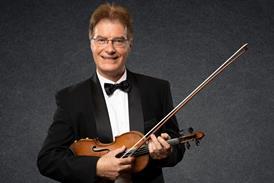
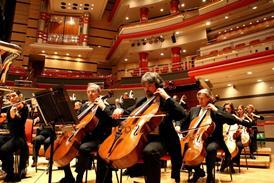
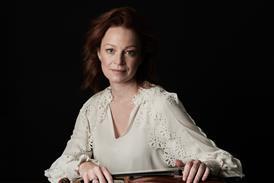
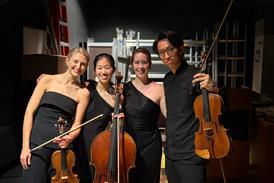
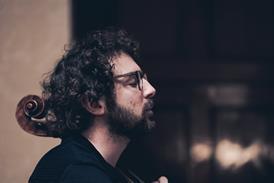
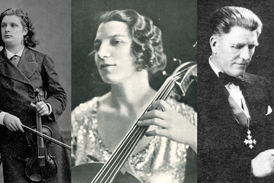


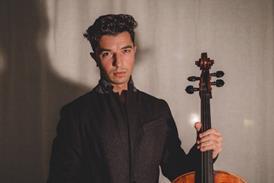
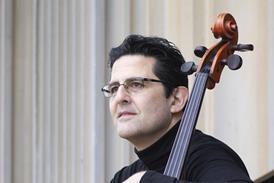
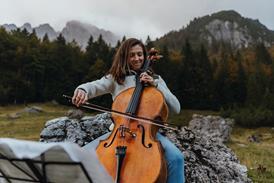
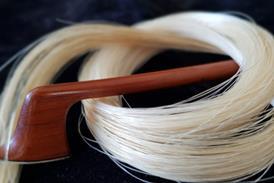
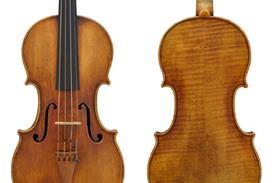
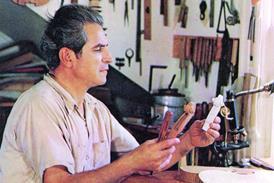
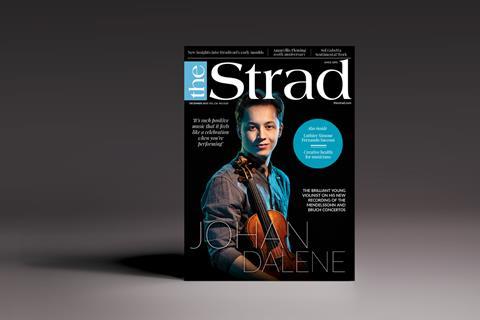
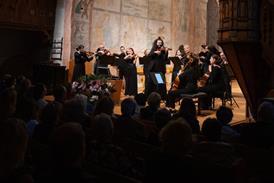

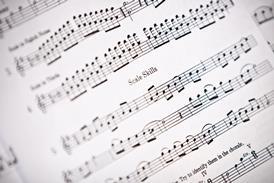
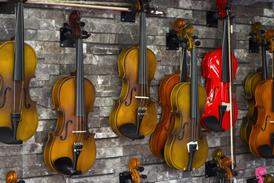

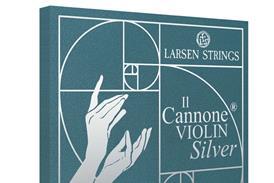
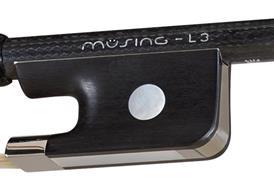
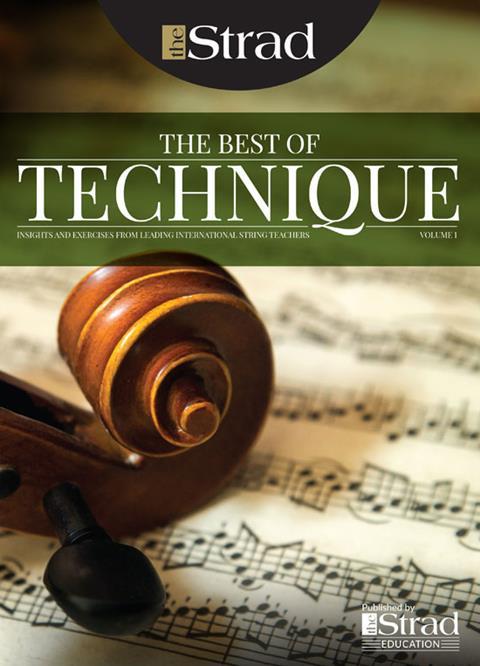
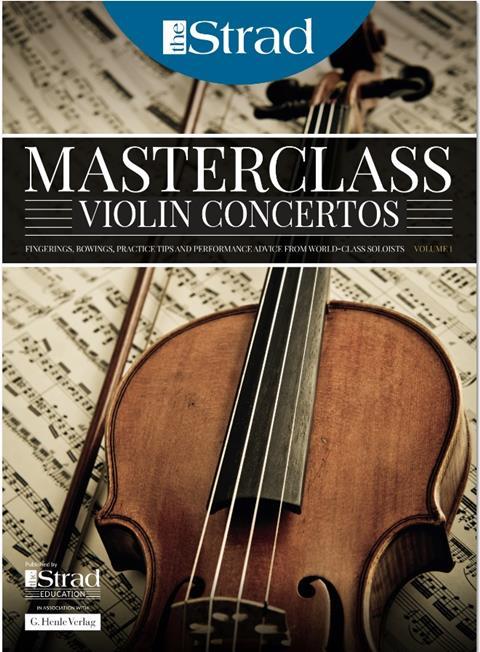
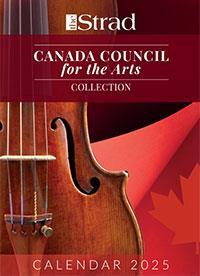
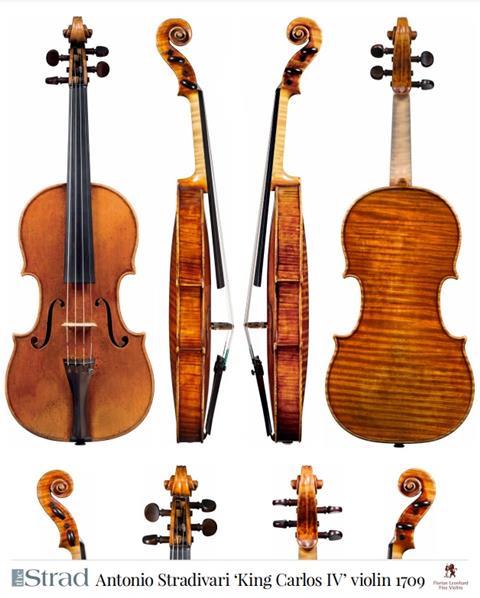
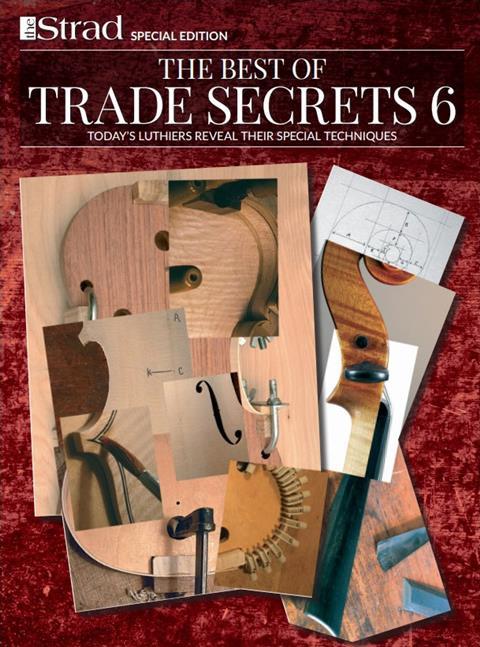
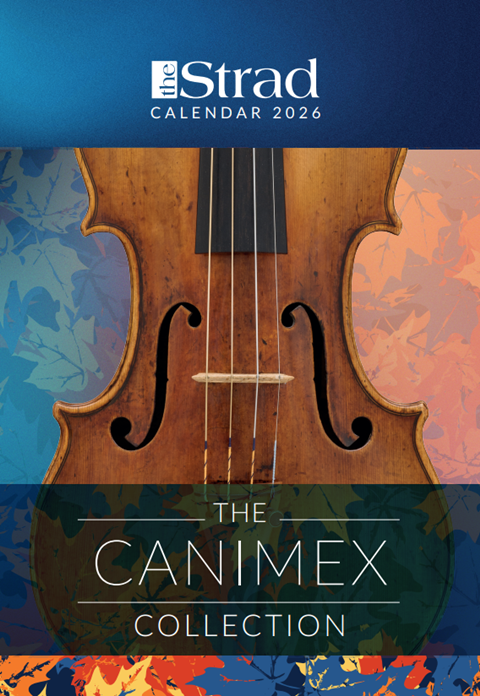
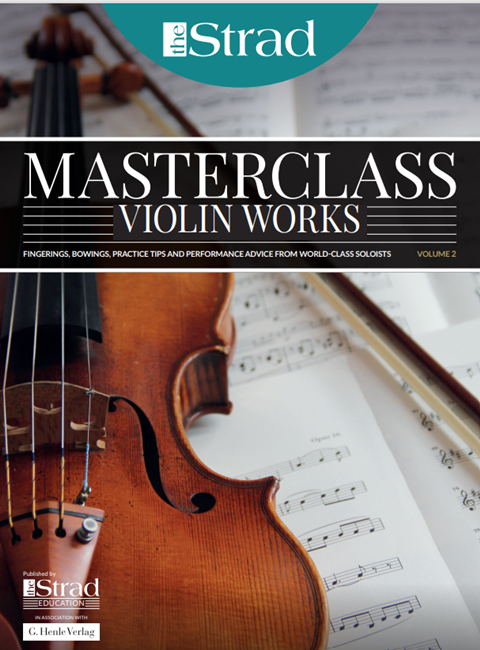
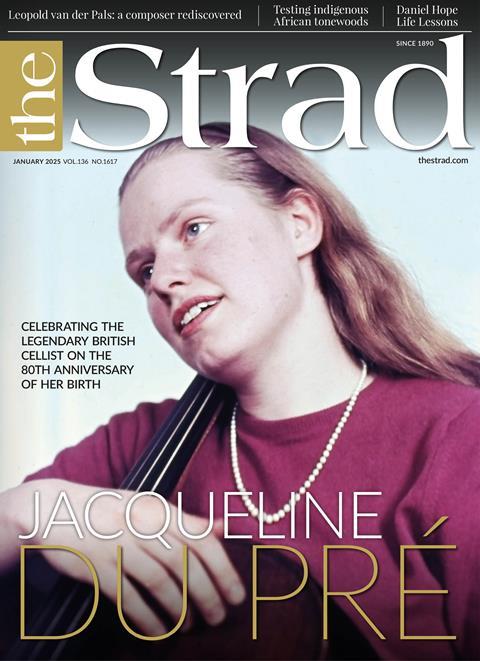
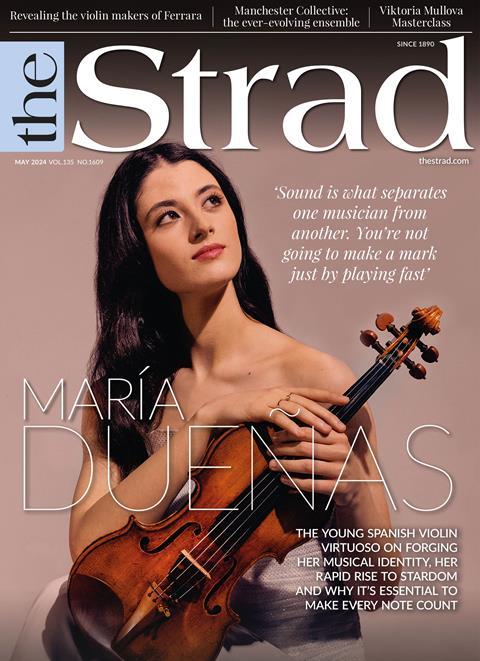
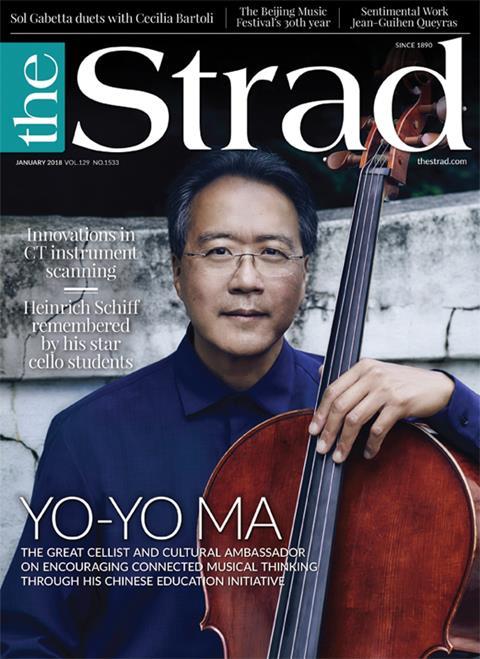












No comments yet